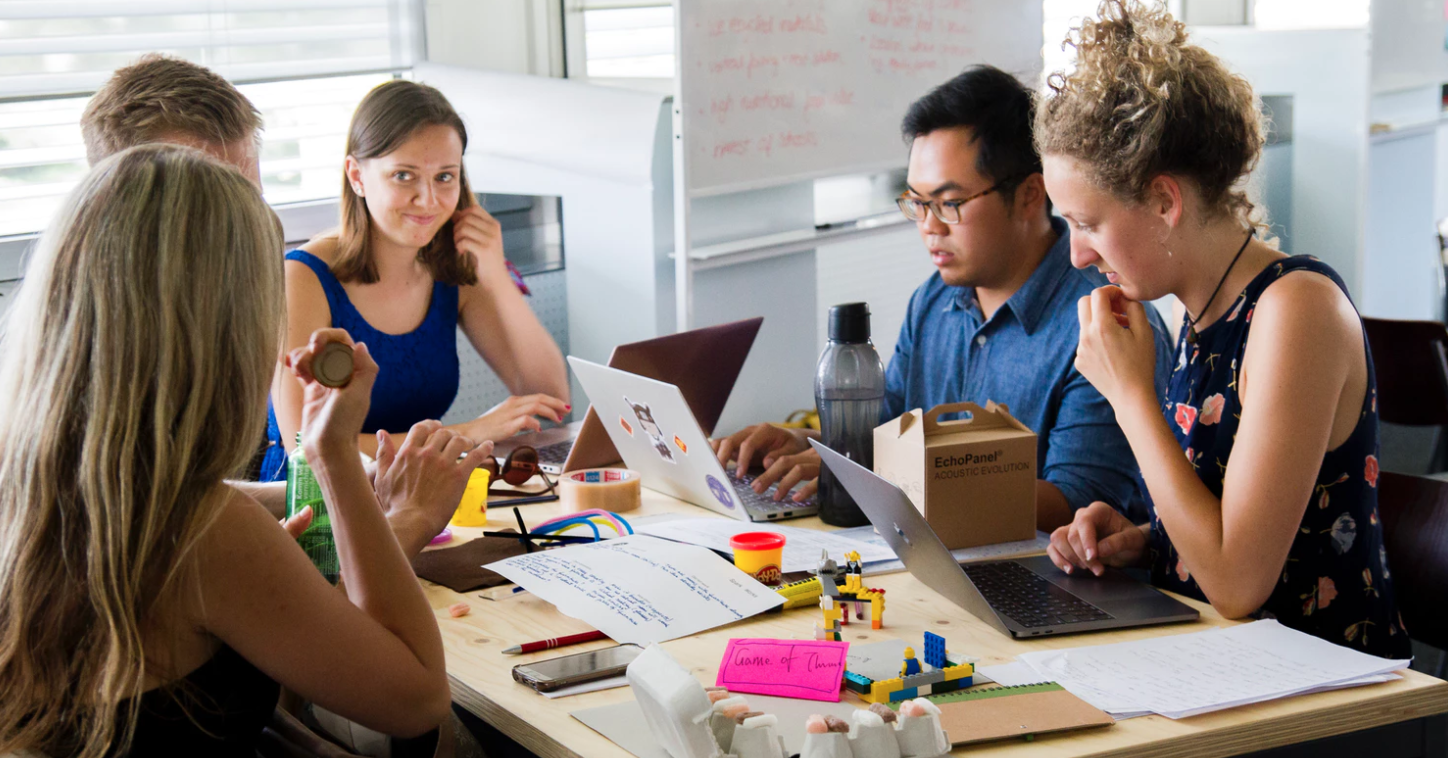We often use the term buy-in as an idea that is about selling ideas to people, employees that need to engage with a strategy or idea. However the more we try to get people to buy-in, the less they will. Resistance increases the more we push. We need to create environments where people can chose to engage and genuinely buy in.
We often set out with the intent of getting people to accept our plans, the change initiative or the performance improvement ideas that we have. However, obtaining engagement from others is not something that comes from our direct efforts of persuasion or influence. People chose to buy-in of their our accord. They make this voluntary decision themselves. And once they do, they have truly bought-in.
What is buy-in..?
This management term we use “buy-in” has almost become a weasel word – something of a motherhood statement, a term that is hollow or does not really have any meaning – especially when we use it in the context of “we need to get some buy-in from that team…”
The term actually comes from the game of poker.
If you want to join a game, you need to take some money out of your wallet and buy into the game. Then your are literally bought in to the game. You are personally, emotionally and financially bought-in to that game. Now you are committed. You are in and have taken on the risk. You have made the choice.
What happens when someone tries to persuade or force or coerce you into getting involved, or buying in? Typically we will resist. We might fold our arms, come up with all sorts of reasons why we can’t commit at this time or stage. Or we might just walk away from the game completely and not want any part of it.
It is an individual’s choice
Recognising that people will only buy-in when they choose to do so themselves, how do we go about getting buy-in from those we need if from..?
First step – stop trying to get buy-in (as this approach or mind-set tends to put us into a selling mode).
Second step – I believe we need to create environments where people have the opportunity to buy-in. People will want to buy-in when they feel it is a game (or initiative) that they can contribute to, want to be a part of…or that they won’t lose by being part of that initiative (or the risk is acceptable). So we need to consult broadly, engage willingly, create environments where people can contribute, offer opinions and engage without fear or risk.
Once in this environment they are more likely to chose to buy-in. Therefore we do not mandate.
Sometimes creating a sense of urgency won’t work when the people do not believe that there is an emergency at hand. Or the proposed solution does not resolve it, or that “it will never work here…”
Creating environments for buy-in
Using ‘open space technology’ can help in creating environments that allow people to chose to buy-in.
One great example I have seen of this is part of the PuMP® (performance measurement process) method called the Measure Gallery. Once we have started the PuMP process, developed our results and the first set of measure designs, we hold a Measure Gallery.
Interested stakeholders, customers and lots of other people from within the organisation are invited to attend. The room is set up as a gallery. Work artefacts displayed on the walls (no chairs if possible) for people to view, provide their feedback, contribute ideas, share their stories and comments with others attending the gallery, and enjoy the snacks.
The Measure Gallery has a very practical benefit of obtaining feedback on the results and measures developed so far (so they can be improved). It also has very natural and human feel to it. It is where buy-in to grows organically.
I have seen the greatest cynics within the organisation turn up expecting to be convinced of something. But then through the open space approach, they become engaged. I have seen people not yet fully on-board with the process. But gradually develop more and more buy-in through their engagement with others.
So let’s not attempt to convince others that they need to buy-in to our plans or ideas. Let’s create environments and opportunities where people can chose to buy-in.
You can learn more about PuMP on this page.



